
Behind the Design:
A Q&A with José A. Gandía-Blasco
President and art director José A. Gandía-Blasco tells the inspiring story behind Gandia Blasco’s
journey from blanket and rug manufacturer to a producer of modern outdoor furniture.
Written by Sarah Chappell
When José A. Gandía-Blasco found he needed furniture for his hillside home in Ibiza (off the coast of Spain), he looked to the natural landscape and architecture of the Balearic Islands for inspiration. The first outdoor furniture collection of Gandia Blasco, “Na Xemena,” was what resulted, beginning the next phase of the brand as a manufacturer of Mediterranean-inspired furniture, planters and furnishings. We spoke with the president and art director of the company, José A. Gandía-Blasco, to find out where this journey as an outdoor furniture brand started, and where it is headed.
How would you describe Gandia Blasco’s unique sense of Mediterranean style?
The Mediterranean style of Gandia Blasco was shaped in an intuitive way, without premeditation. The white color of the White Island (as Ibiza is also known), the blue Mediterranean and the geometry inspired by the volumes of Ibiza’s ancestral architecture are the pillars on which our collections are built. On the other hand, I am passionate about the Mediterranean and its way of life, its history (as the cradle of Western culture), its gastronomy….
For some background—Gandia Blasco actually began with manufacturing blankets in the 1940s, then on to rugs in the 1980s before focusing on modern outdoor furniture. How have such dramatic shifts in production shaped the brand over the years?
Gandia Blasco began in 1941, indeed, with the production of blankets. This lasted until the end of the 1980s, when rugs replaced the blankets, due to changes in the market and customer’s preferences. This replacement was a very natural one, since we could use the same machines we already had, without the need to invest in new ones. Later on, as demand grew and grew, we started manufacturing in India. As for the outdoor furniture, this was a consequence of a timely need to furnish the terraces of my house in Ibiza. Currently, we manufacture both lines, simultaneously: GAN rugs, and Gandia Blasco outdoor furniture.
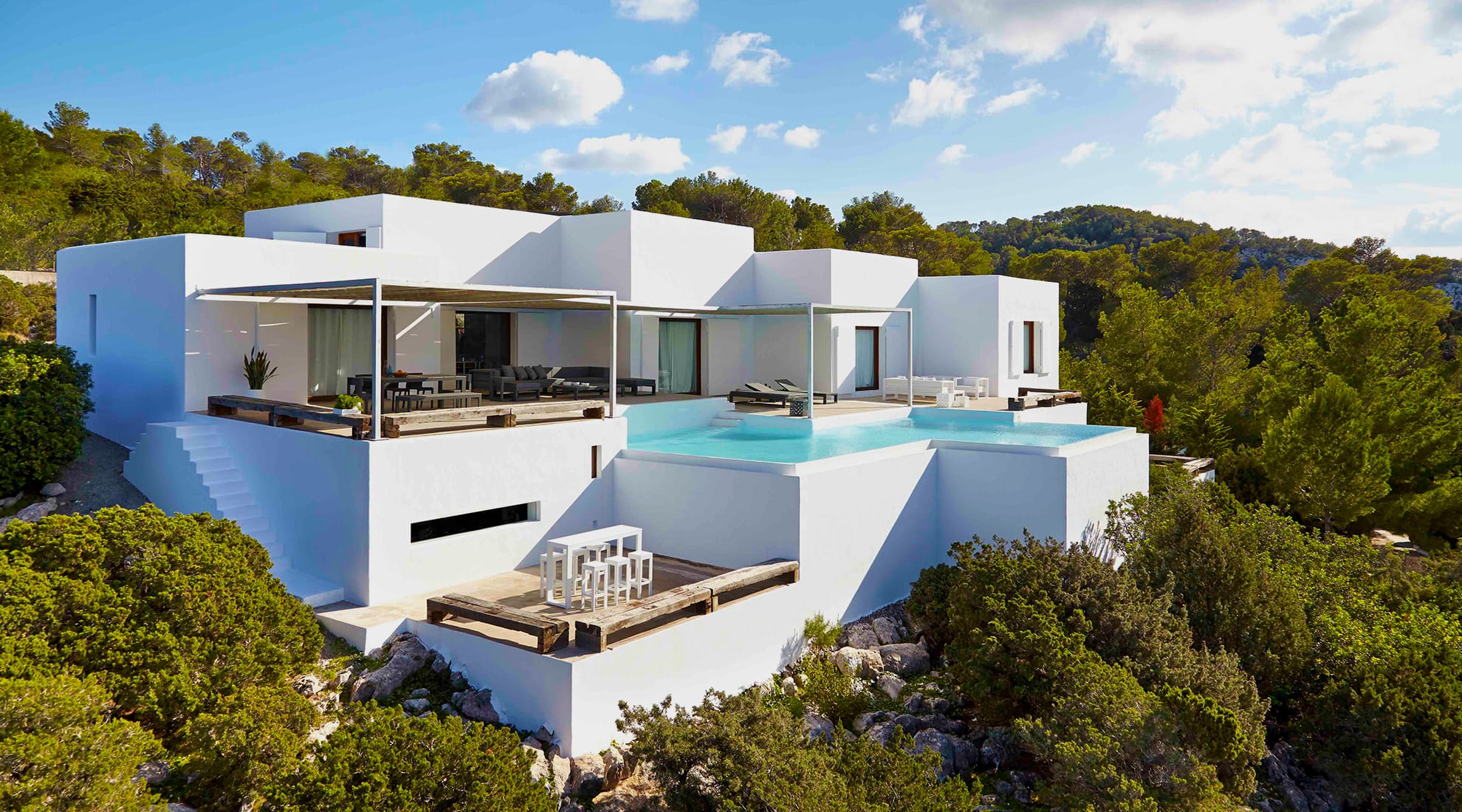
Gandía-Blasco’s Ibiza home, which inspired many of the brand’s furniture collections.
The inspiration behind the first outdoor furniture line leads back to your home in Na Xemena, Ibiza. Could you paint a picture of how it influenced the look and feel of future collections?
When my house was taking shape, it came with its own characteristics: those of the island, an extension of the whole Mediterranean Sea. The shapes were inspired by the cubic geometry of the house itself and the general architecture of Ibiza. The following collections were also designed following this pure geometric aesthetic that I always liked. With a few exceptions, most of our collections follow that pattern.
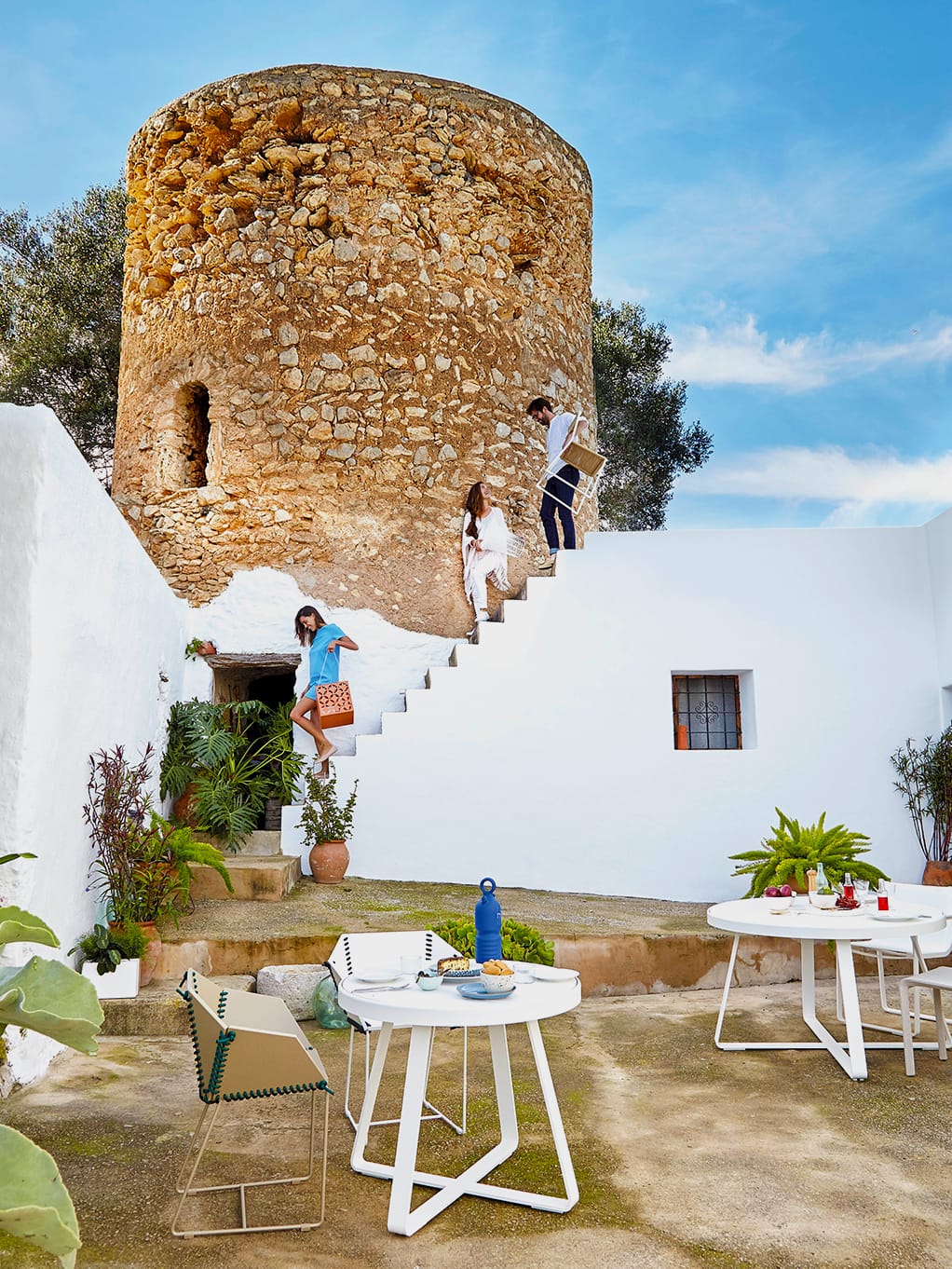
Ibiza’s architecture is a major source of inspiration for Gandia Blasco’s furniture designs.
How do you and your team approach the design process?
This is something that varies a lot because the ways in which we initiate a new project are different. A collection can be born from inspiration by some element in contemporary architecture, but also from proposals from a designer that we like, or by simple desire to construct with determined forms.
If I am the designer, someone on the team draws the idea I have in mind, and from there we build the first prototype that will be gradually refined. If it is a design by someone else, we both sit together to shape the original idea, until the first prototype can be made.
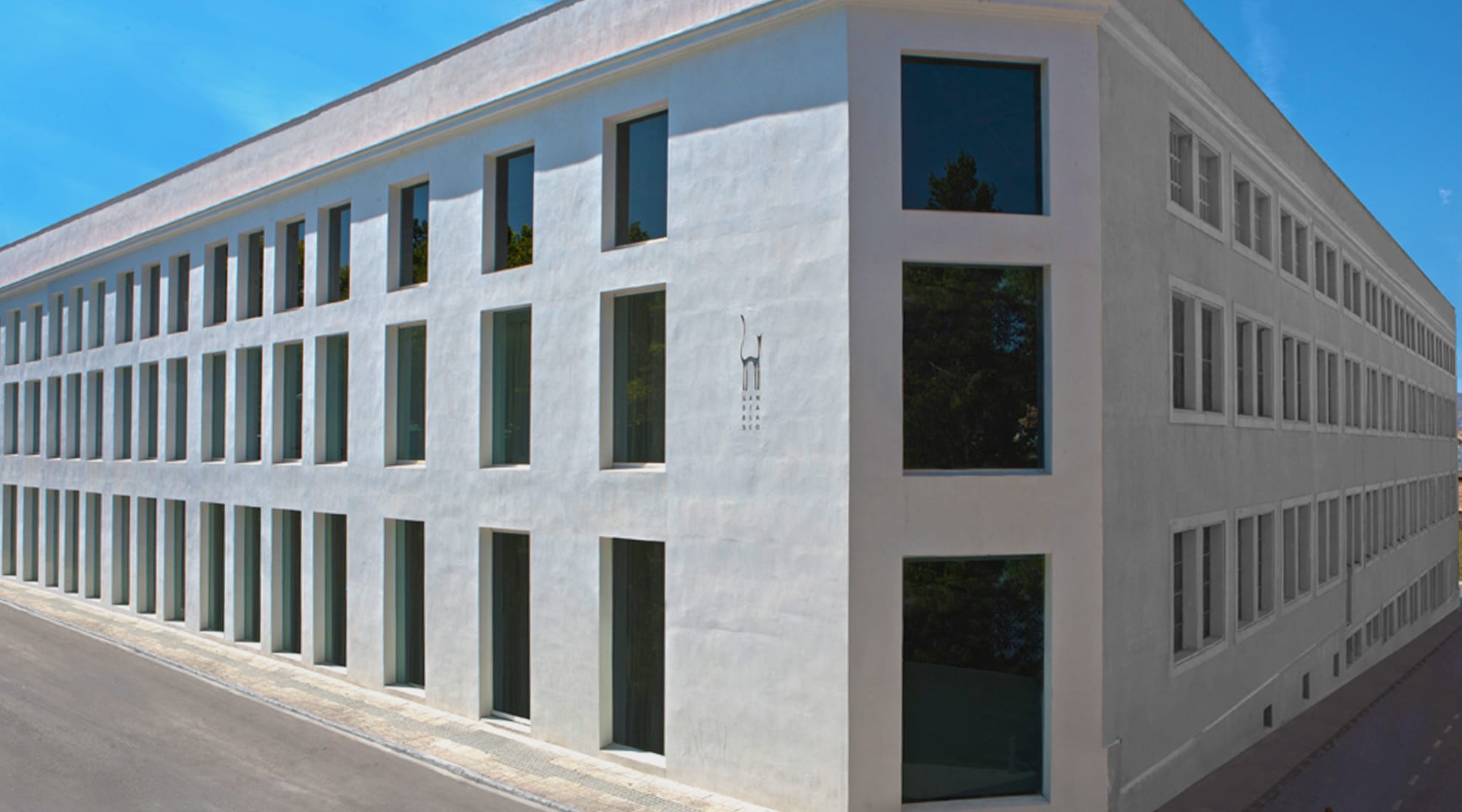
Gandia Blasco headquarters in Valencia, Spain
La Casa Gandia Blasco (the original headquarters in Valencia, Spain) recently underwent a renovation. What role does this restoration play in Gandia Blasco’s story today?
La Casa Gandia Blasco is the industrial building of the 1940s and 1950s, where the company is located. It is the physical headquarters, but also in a metaphorical sense it is the headquarters of the ideas that make up Gandia Blasco. The image of the firm, the place where most of us live and where we celebrate (in its patio) any company event.
We organize dinners or meals for ourselves or for the visitors that we receive regularly. It is also the place where we organize student workshops with universities with which we collaborate. The restoration of the building is something we are doing little by little.
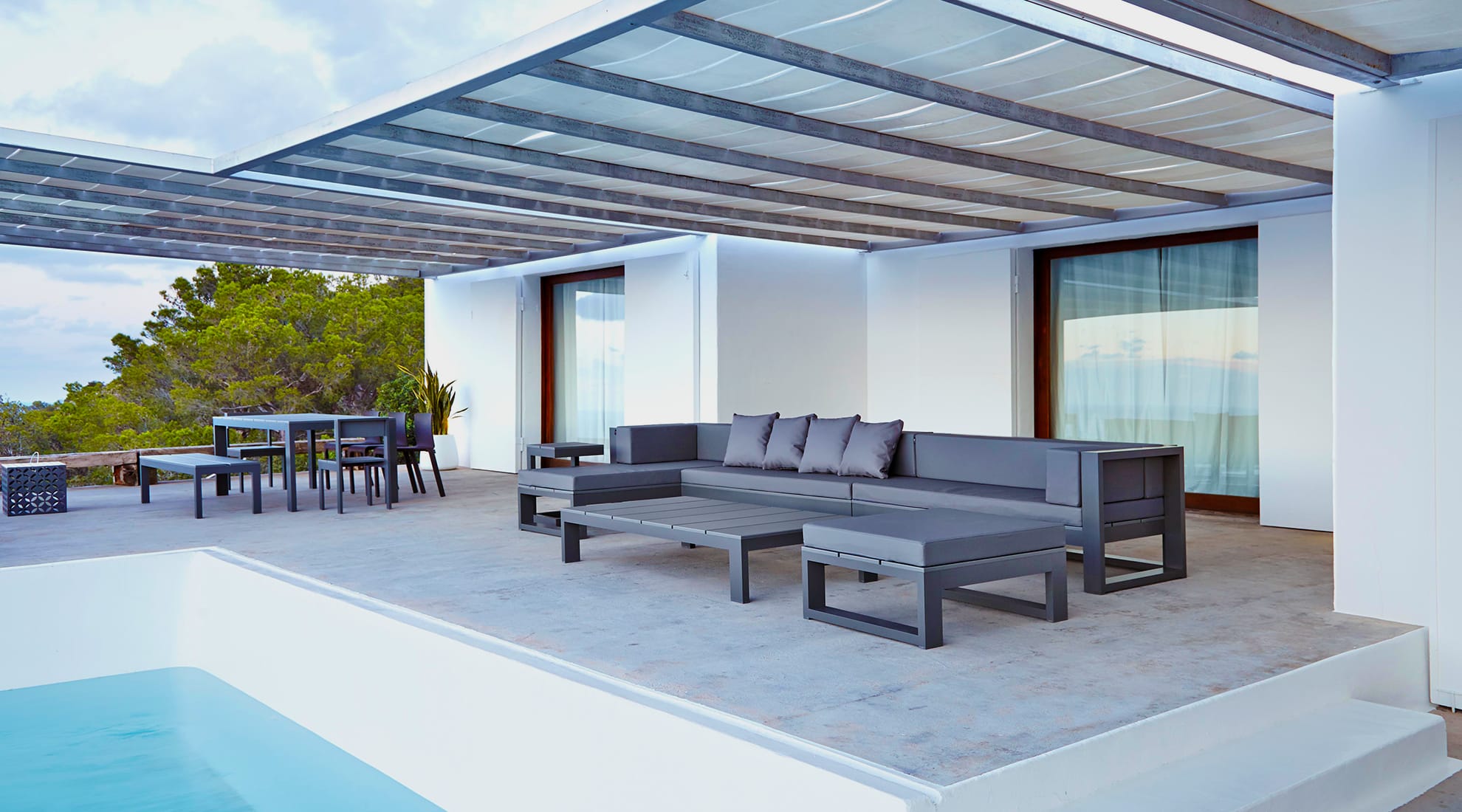
Another view of Gandia-Blasco’s Ibiza home
Gandia Blasco strongly identifies with a kind of mythos surrounding the Mediterranean, comparing its evolution as a brand to a journey interpreting modern design. What is the next step in this journey for Gandia Blasco?
As I mentioned, Gandia Blasco was born in the Mediterranean and is inspired by its ancient culture, that's why we chose the mythical work "The Odyssey," to somehow tell our story step by step. The next step will be guided by the journey itself...we never know where we are going to arrive. The company is full of projects that will materialize during this journey.
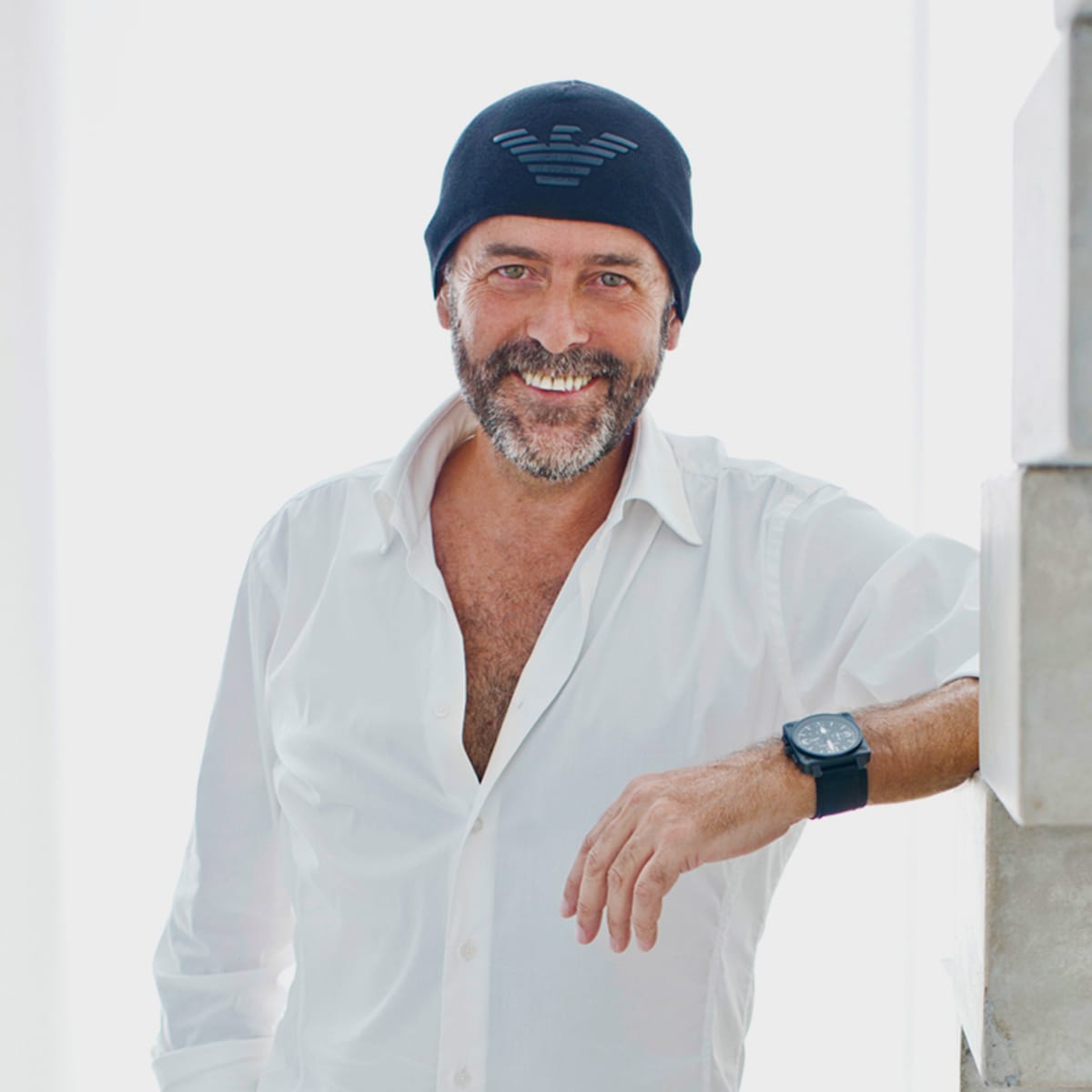
José A. Gandía-Blasco



